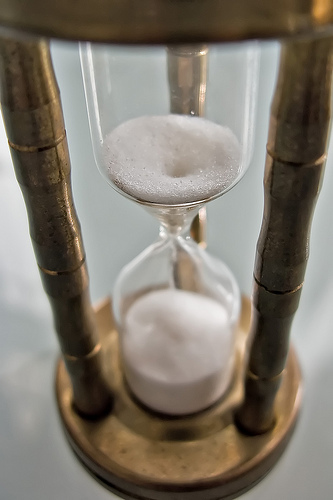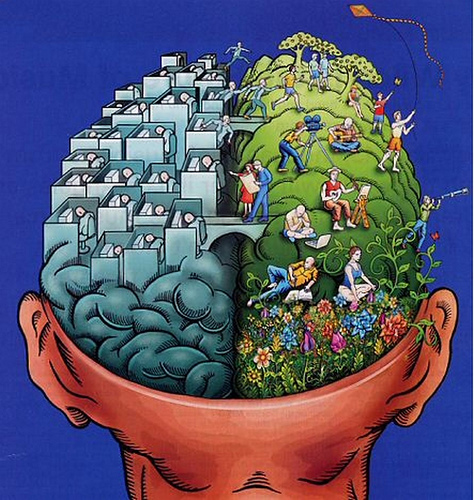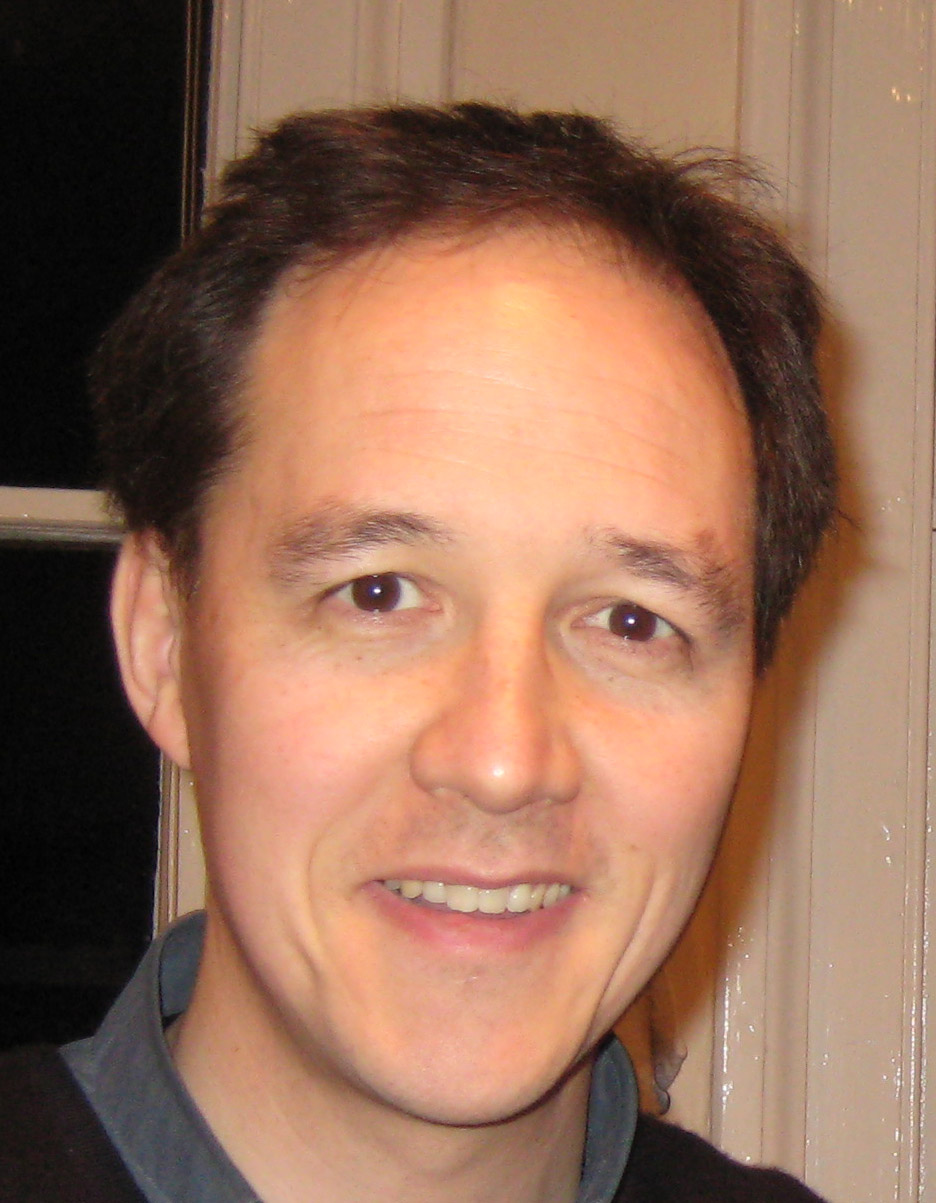I’ve always liked Ron Mueck’s hyper-realist sculptures – his gigantic ‘Boy’ was the best thing in the whole Millennium Dome. His latest exhibition at Hauser & Wirth consists of just four pieces, but I spent a good hour entranced by just two of them, ‘Woman with Sticks’ and ‘Drift’, which form a kind of diptych. Taken together they offer a profound meditation on what it means to be human.
In the first, a naked middle-aged woman grapples with a bundle of sticks twice her size. She’s weary, but strong. Her body is marked with the scratches of the struggle. Her face glances to the side, betraying her exhaustion, but also a defiant joy, an impish delight at having achieved, finally, the unreasonable task set before her. The curve of her body, arching back against the weight of the load, meets the line of the branches, the woman almost merging with creation, and in geometric terms creating a glorious organic tangent – you know how much I like tangents!

What is this task? We don’t know. The exhibition notes talk about the woman tackling ‘the near impossible tasks set in fairytales and legends’. For me, she seems to represent the human person struggling with the self, with creation, with existence itself. Her back is bent almost to breaking point, but she is still standing – and that’s the defiant point. She is Atlas carrying the world. She’s the ordinary person, and the Olympic warrior. And if the sticks represent a more specific symbolic task, like in a fairytale, I was imagining her collecting them to provide thatch for her roof, or kindling for a mighty conflagration. In other words, she could have been building a home or lighting a beacon or setting the whole world aflame; she could have been embracing either life, or death. And going further, perhaps because this came up in our retreat last month, she was also Abraham and Isaac taking the wood up the mountain for the sacrifice, unsure about where they would discover the sacrificial offering.
The second piece, ‘Drift’, is described in the exhibition notes as “a small-scale sculpture of a lightly tanned man sporting tropical swim shorts and dark sunglasses, lying on a lilo with his arms outstretched. Instead of floating in a swimming pool, ‘Drift’ is installed high on the gallery wall, seeming to disappear off into the distance. Held up only by a puff of air and a sheet of plastic, the precariousness of ‘Drift’ provokes questions of the brevity of life.”

It’s a middle-aged Jack Nicholson, with the same Nicholson smugness and self-satisfaction. He is completely indifferent to the world, almost comatose with leisure. Or he is just a loving and hard-working man at the end of a busy year getting his well deserved rest, freed from the cares and responsibilities of the world. I’m not sure. There is an air of disengagement, even of anomie, reinforced by the title. And remember that this three-quarter size figure ‘lying’ on the lilo is placed vertically on a huge wall of turquoise. You confront this sculpture as a secular crucifix – he is there, high above you, in a cruciform figure. He is crucified by his own inertia and indifference, by the nothingness of his surroundings, by isolation and meaninglessness.
She is alive – gloriously alive – in her mythical battle to the edge of death. He is dead – existentially dead – in his holiday coma. She is taking her prey home in a clumsy march of triumph, staggering under the weight of her struggle. He is drifting up to the ceiling, into nowhere, weightless, without direction or purpose. What a beautiful meditation on what it is to be human, on the poles that we drift between over a lifetime, and sometimes within a single day. I could have stayed there for hours, and I am determined to go back before it closes. How heartbreaking that these pieces are for sale, and they may well end up in private hands, never to be seen again!
I don’t think Rachel Campbell-Johnston was fair in her Times review to say that Mueck’s sculptures, for all their phenomenal detail, have no soul, and that the spectator gets stuck on the surface. I can’t explain why, but my response to his work has always been very different – to ‘Boy’, to the wonderful National Gallery exhibition when he was artist in residence there, and to one or two other pieces I have seen over the years. I find myself drawn into the mystery of these oversized or undersized human beings. The detail doesn’t become a distraction for me, it’s more like a doorway. The figures are so lifelike that you almost feel you are in conversation with them. There is a presence about them, and an inner stillness, that is unlike any other representation in art that I can think of.
In fact the memory they bring back is of the Tilda Swinton exhibition in Rome in the late 1990s, when I was at seminary there. I missed the original sleeping beauty performance in the Serpentine in London, but in Rome she lay asleep in a glass exhibition case for a few mornings. Yes, it was voyeuristic – by definition. But it brought the same sense of presence to another person, in their sleep and hiddenness, that Mueck’s sculptures bring. The size helps as well. I prefer the three-quarter size figures, because there is a distancing – as if you are looking at yourself from the corner of the room – without any significant diminishment.
You can see that I am a fan. I wish there were more of Mueck’s work to see publically. I wish these two sculptures could be bought for a British gallery somehow, and put on permanent display. I’d love to buy them for a church, or maybe a church foyer; but I’m not in a church at the moment, and I don’t have the money! The exhibition is on only until 26 May. Details here. It’s easy to get to, at 23 Savile Row, London W1S 2ET, not far from Oxford Circus or Piccadilly tube stations.
There are two other sculptures. ‘Youth’ is magnificent, but I’d need another visit to give it time, and another post to write about it. ‘Still Life’ (a giant dead chicken) I don’t much care for – it loses the human, obviously! Despite all the metaphors and meanings, it doesn’t draw me into the soul of the person as the others do. Three out of four isn’t bad.
Read Full Post »






